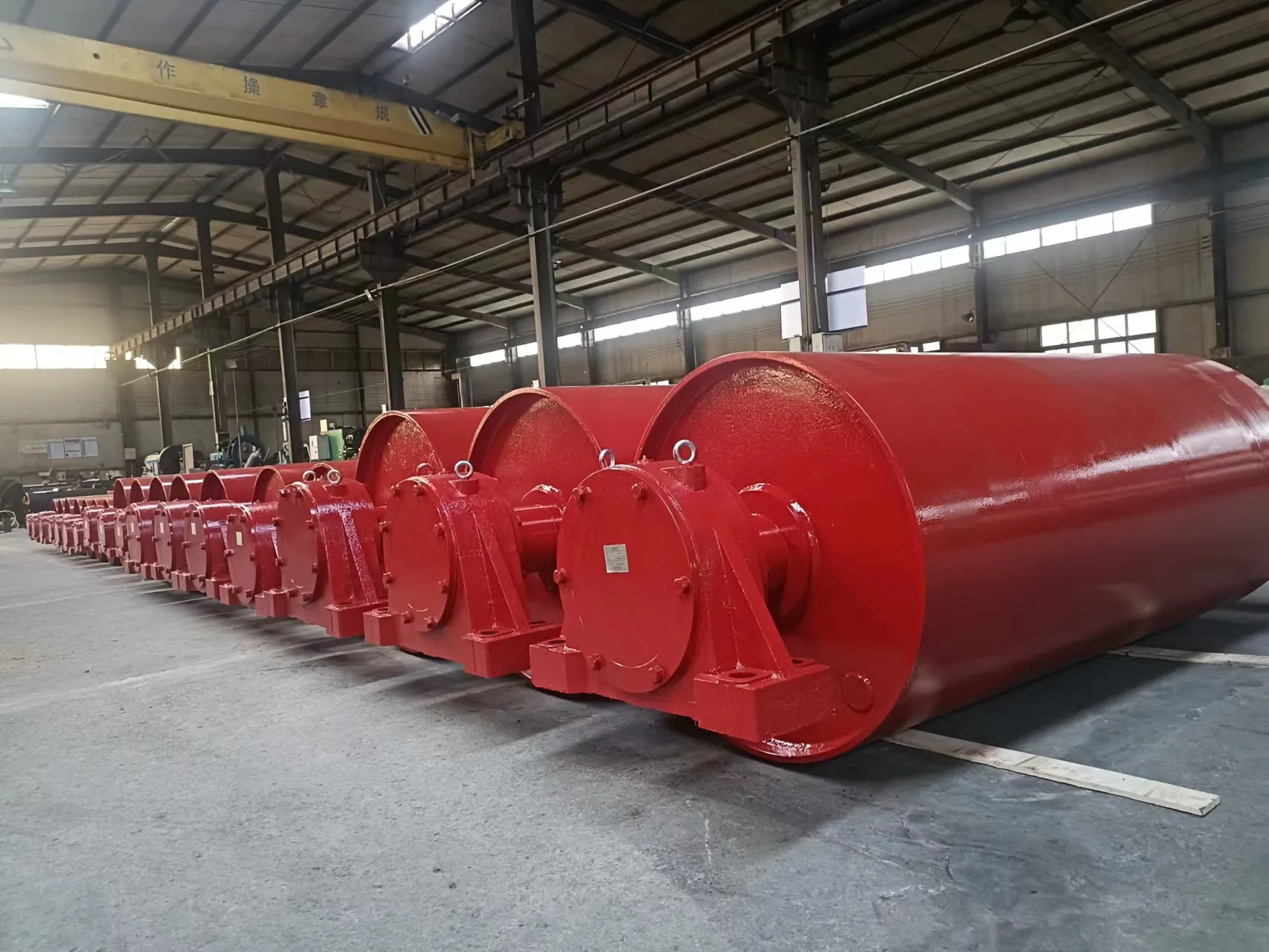 Afrikaans
Afrikaans  Albanian
Albanian  Amharic
Amharic  Arabic
Arabic  Armenian
Armenian  Azerbaijani
Azerbaijani  Basque
Basque  Belarusian
Belarusian  Bengali
Bengali  Bosnian
Bosnian  Bulgarian
Bulgarian  Catalan
Catalan  Cebuano
Cebuano  Corsican
Corsican  Croatian
Croatian  Czech
Czech  Danish
Danish  Dutch
Dutch  English
English  Esperanto
Esperanto  Estonian
Estonian  Finnish
Finnish  French
French  Frisian
Frisian  Galician
Galician  Georgian
Georgian  German
German  Greek
Greek  Gujarati
Gujarati  Haitian Creole
Haitian Creole  hausa
hausa  hawaiian
hawaiian  Hebrew
Hebrew  Hindi
Hindi  Miao
Miao  Hungarian
Hungarian  Icelandic
Icelandic  igbo
igbo  Indonesian
Indonesian  irish
irish  Italian
Italian  Japanese
Japanese  Javanese
Javanese  Kannada
Kannada  kazakh
kazakh  Khmer
Khmer  Rwandese
Rwandese  Korean
Korean  Kurdish
Kurdish  Kyrgyz
Kyrgyz  Lao
Lao  Latin
Latin  Latvian
Latvian  Lithuanian
Lithuanian  Luxembourgish
Luxembourgish  Macedonian
Macedonian  Malgashi
Malgashi  Malay
Malay  Malayalam
Malayalam  Maltese
Maltese  Maori
Maori  Marathi
Marathi  Mongolian
Mongolian  Myanmar
Myanmar  Nepali
Nepali  Norwegian
Norwegian  Norwegian
Norwegian  Occitan
Occitan  Pashto
Pashto  Persian
Persian  Polish
Polish  Portuguese
Portuguese  Punjabi
Punjabi  Romanian
Romanian  Russian
Russian  Samoan
Samoan  Scottish Gaelic
Scottish Gaelic  Serbian
Serbian  Sesotho
Sesotho  Shona
Shona  Sindhi
Sindhi  Sinhala
Sinhala  Slovak
Slovak  Slovenian
Slovenian  Somali
Somali  Spanish
Spanish  Sundanese
Sundanese  Swahili
Swahili  Swedish
Swedish  Tagalog
Tagalog  Tajik
Tajik  Tamil
Tamil  Tatar
Tatar  Telugu
Telugu  Thai
Thai  Turkish
Turkish  Turkmen
Turkmen  Ukrainian
Ukrainian  Urdu
Urdu  Uighur
Uighur  Uzbek
Uzbek  Vietnamese
Vietnamese  Welsh
Welsh  Bantu
Bantu  Yiddish
Yiddish  Yoruba
Yoruba  Zulu
Zulu Replacement Options for Accessory Drive Belt Tensioner and Pulley Systems
Understanding the Accessory Drive Belt Tensioner Pulley
The accessory drive belt tensioner pulley plays a crucial role in the functionality and efficiency of a vehicle’s engine. This component is part of the accessory drive belt system, which is responsible for driving multiple peripheral devices such as the alternator, power steering pump, water pump, and air conditioning compressor. These devices are essential for the smooth operation of the vehicle, and the tensioner pulley ensures that the drive belt remains adequately tightened to prevent slippage and wear.
The Function of the Tensioner Pulley
At its core, the tensioner pulley maintains the proper tension on the drive belt. This is important because a loose belt can lead to slippage, which can cause inadequate power transfer to the accessories, potentially leading to failure or poor performance of those components. On the other hand, too much tension can cause excessive wear on both the belt and the accessories. The tensioner pulley works alongside a spring mechanism that automatically adjusts the tension as the belt stretches over time.
Construction and Design
Typically made from durable materials such as steel or high-quality plastic, the tensioner pulley is designed to withstand high temperatures and stress. Its design often includes a bearing system that allows it to rotate smoothly. This smooth operation is necessary to reduce friction and wear, contributing to the longevity of both the pulley and the drive belt.
In many vehicles, the tensioner assembly also includes an integral spring. The spring's tension is critical; it helps compensate for any elongation of the drive belt, maintaining a consistent tension throughout the belt's lifecycle. Some vehicles may employ an automatic tensioning system that continuously adjusts the tension as needed, while others might require manual adjustments.
Signs of Wear and Failure
Like any automotive component, the tensioner pulley is subject to wear over time. Drivers should be aware of several signs that may indicate issues with the tensioner or drive belt. Common symptoms include
accessory drive belt tensioner pulley

2. Vibration or Wobbling If the tensioner pulley is damaged or worn out, it may cause vibration in the engine compartment. This can lead to further issues if not addressed.
3. Visible Damage Cracks, fraying, or a shiny appearance on the belt can signify excessive wear. If the tensioner pulley shows signs of rust or degradation, it may need replacement.
4. Warning Lights In modern vehicles, dashboard warning lights may indicate problems with the accessories, which could stem from a faulty tensioner pulley or drive belt.
Maintenance and Replacement
Regular checks of the accessory drive belt and tensioner pulley during routine maintenance can help prevent more significant issues down the line. Mechanics often recommend inspecting the belt and tensioner pulley for wear every 30,000 miles or so, depending on the vehicle manufacturer’s recommendations.
If it is determined that the tensioner pulley needs replacing, it is advisable to replace the drive belt at the same time. This is because the belt may also be worn, and replacing both components can save time and money in the long run, as it reduces the likelihood of needing to revisit the repair sooner than necessary.
Conclusion
In summary, the accessory drive belt tensioner pulley is a vital component that ensures the smooth operation of various engine accessories. By maintaining proper tension in the drive belt, it helps prevent slippage and prolongs the life of both the belt and connected components. Drivers should remain vigilant for signs of wear and perform regular maintenance checks to ensure optimal vehicle performance. Addressing any issues early can prevent more extensive damage and costly repairs, ensuring that the vehicle runs safely and efficiently.
-
Revolutionizing Conveyor Reliability with Advanced Rubber Lagging PulleysNewsJul.22,2025
-
Powering Precision and Durability with Expert Manufacturers of Conveyor ComponentsNewsJul.22,2025
-
Optimizing Conveyor Systems with Advanced Conveyor AccessoriesNewsJul.22,2025
-
Maximize Conveyor Efficiency with Quality Conveyor Idler PulleysNewsJul.22,2025
-
Future-Proof Your Conveyor System with High-Performance Polyurethane RollerNewsJul.22,2025
-
Driving Efficiency Forward with Quality Idlers and RollersNewsJul.22,2025





























